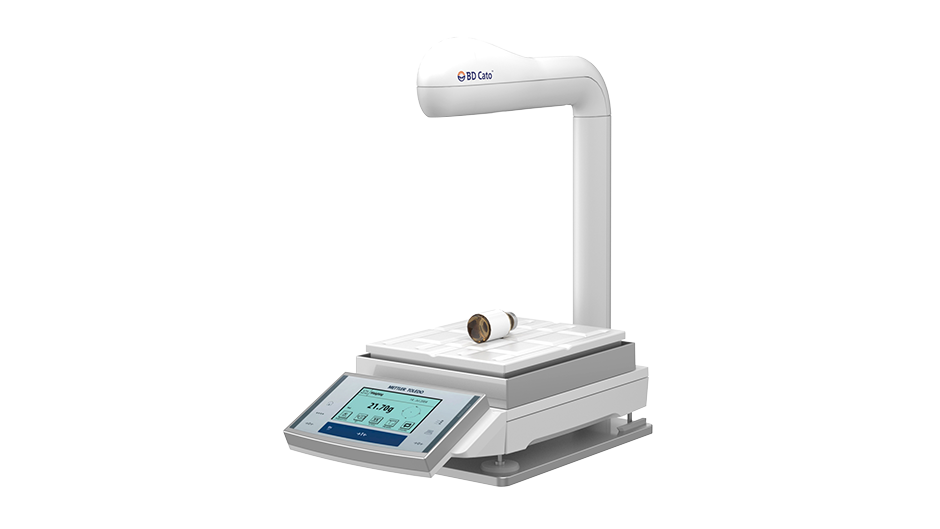Recent guidelines have recommended coronary computed tomography angiography (CCTA) to be the first-line strategy for evaluating patients with chest pain symptoms. The diagnostic accuracy of CCTA is dependent upon image quality which may be improved by increasing contrast injection rates. Practice guidelines also include using a fenestrated peripheral IV catheter (PIVC). This presentation will review a single center’s experience with fenestrated catheters to improve CCTA image quality and demonstrate methods for achieving high quality images with lower radiation for high BMI patients.
Objectives:
- Review the growing impact of CCTA in evaluating patients with chest pain
- Discuss key factors that affect image quality
- Explore a single center’s experience with fenestrated catheters to improve CCTA image quality
- Demonstrate methods for achieving high quality images with lower radiation in CCTA for high BMI patients





